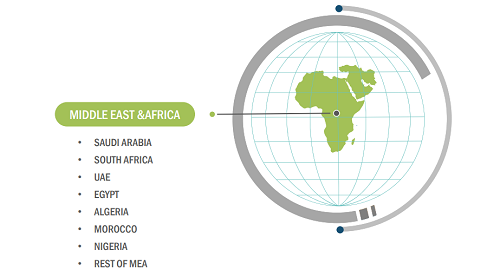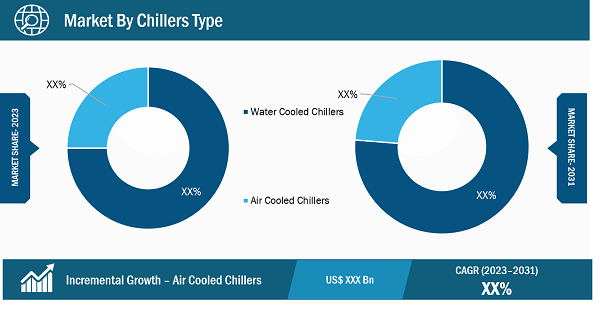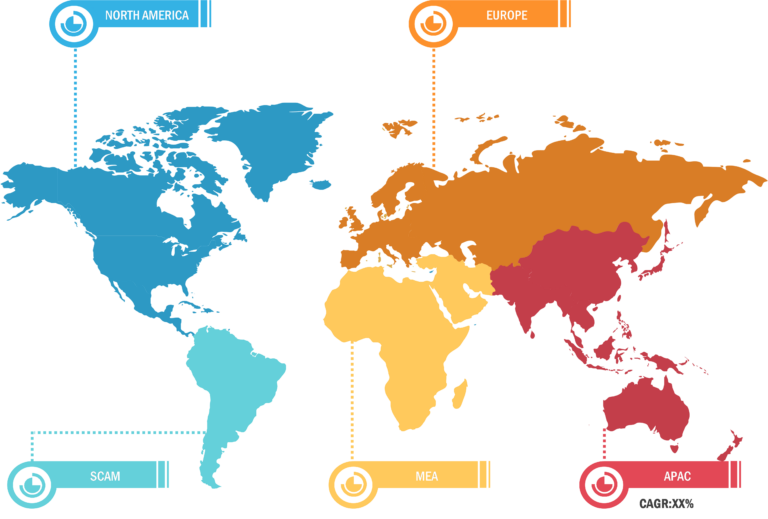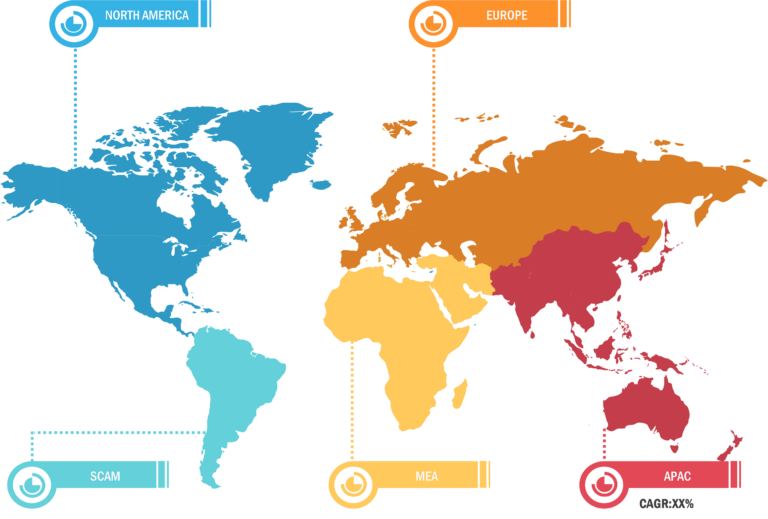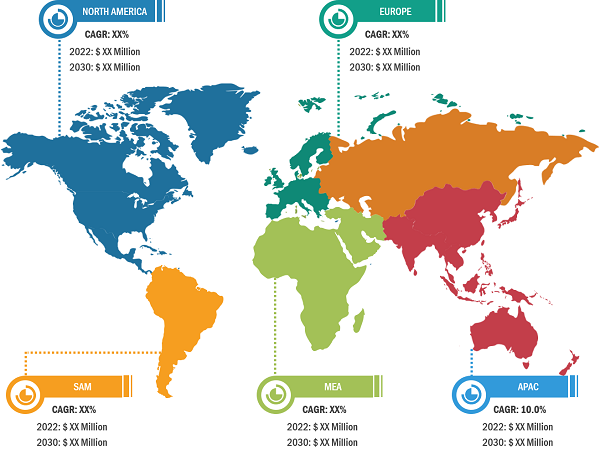
Laser Distance Sensor Market
Government Initiatives to Boost Manufacturing Facilities to Fuel Laser Distance Sensor Market Growth During Forecast Period
Industry 4.0 is transforming how companies manufacture, process, and distribute their products and are focused on improving product quality by minimizing the risk of human error and providing a safe environment. Due to the rise in the adoption of Industry 4.0, the governments of various countries are investing to boost their manufacturing industry further. For example, in January 2021, the US President announced the plan to strengthen the US manufacturing sector under the “Made in America” initiative, which is focused on developing technologically advanced and automated manufacturing sectors. He announced an investment of US$ 300 billion for the manufacturing sector to boost the country’s production output. In addition, initiatives such as Make in India, Saudi Vision 2030, and Made in China 2025 are supporting market players in expanding their manufacturing capacity and adopting advanced technologies to catalyze their production output and enhance the efficiency of their final products. Thus, the rise in industrialization contributes to the construction of new manufacturing facilities across various industry verticals such as automotive, food & beverages, and chemicals, further fueling the need for automated solutions to carry out certain tasks. Laser distance sensors can play a vital role in providing real-time, precise, and accurate measurements for enhanced and error-free manufacturing processes. Newly built automated manufacturing facilities generate the demand for components required for improved quality control, enhanced productivity, and overall cost-effectiveness. Thus, the governments’ focus on boosting the manufacturing facilities and integrating automation is anticipated to create lucrative opportunities for the laser distance sensor market growth.

Laser Distance Sensor Market: Industry Overview
The laser distance sensor market is segmented based on distance, accuracy, end user, and geography. Based on distance, the laser distance sensor market is segmented into between 2 and 10 meters, between 11 and 100 meters, between 101 and 200 meters, and between 201 and 500 meters. Based on accuracy, the laser distance sensor market is segmented into 1 mm at 2 sigma, 3 mm with 2 sigma, and 5 mm at 2 sigma. By end user, the laser distance sensor market is segmented into manufacturing, construction, automotive and robotics, aerospace and defense, geospatial industry, and others. Based on geography, the laser distance sensor market is segmented into North America, Europe, Asia Pacific, the Middle East & Africa, and South America.
The laser distance sensor market is broadly segmented into five major regions: North America, Europe, Asia Pacific (APAC), the Middle East & Africa (MEA), and South America (SAM). North America held the largest laser distance sensor market share in 2022, followed by Europe and APAC. Further, APAC is expected to register the highest CAGR in the market from 2022 to 2030. North America is known for its continuous construction and infrastructure development projects. The need for accurate measurements and monitoring in construction activities such as surveying, leveling, alignment, and building inspection drives the demand for laser distance sensors. These sensors help ensure precision and quality in construction projects, contributing to their widespread adoption in the region. Furthermore, the advancements in robotics and industrial automation have led to increased adoption of laser distance sensors in North America. These sensors are used in robots for precise positioning, object detection, and navigation in manufacturing facilities. Additionally, they find applications in warehouse automation, logistics, and material handling systems, contributing to the growth of the laser distance sensor market in the region.
The laser distance sensor market is growing owing to the mounting demand for precise and effective measurement tools across manufacturing, automotive, and other industries. In addition, these sensors have become essential in the construction and architecture industry. A laser distance sensor uses laser technology to precisely measure distances, making it an essential tool for industry professionals seeking accuracy and efficiency. As the region is rich in the adoption of technical solutions, the rise in the construction industry fuels the laser distance sensor market share of North America. For example, according to the US Commerce Department, in August 2023, the US construction industry experienced growth by 3.5% in 2022 compared to previous.
Laser Distance Sensor Market: Competitive Landscape and Key Developments
Sick AG, ifm Electronic GmbH, Baumer Holding AG, Keyence Corp, Leuze electronic GmbH & Co KG, Pepperl+Fuchs SE, Wenglor Sensoric Electronic Devices GmbH, Banner Engineering Corp, Pantron Instruments GmbH, and Jenoptik AG are among the leading players profiled in the laser distance sensor market report. Several other essential laser distance sensor market players were analyzed for a holistic view of the market and its ecosystem. The report provides detailed market insights, which help the key players strategize their market growth. A few developments are mentioned below:
- In August 2023, ifm Electronic GmbH, a prominent German sensor and automation company, expanded its presence in Indonesia to contribute to the success of the country’s “Making Indonesia 4.0” initiative. The company established its Indonesian subsidiary, PT IFM Electronic Indonesia, on October 10, 2022. Subsequently, on August 3, 2023, IFM Electronic GmbH officially inaugurated its office in Sentral Senayan II, Jakarta, with a grand opening ceremony. This move underscores the company’s commitment to engaging with the Indonesian market and supporting the country’s industrial advancement endeavors.
- In February 2021, Baumer Group introduced its latest offerings, the OM20 and OM30 laser distance sensor families. These cutting-edge sensor families, equipped with IO-Link technology, are specifically designed to cater to the growing demand for highly efficient and compact machinery and systems. The innovative sensors guarantee exceptional performance in optical distance measurement applications, ensuring that businesses can achieve optimal precision and accuracy without compromising on sensor capabilities.

